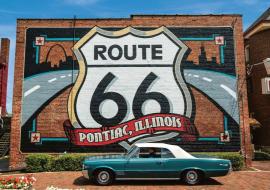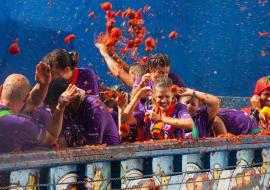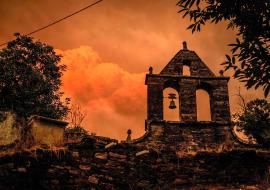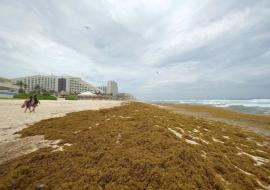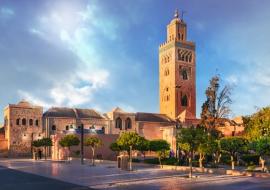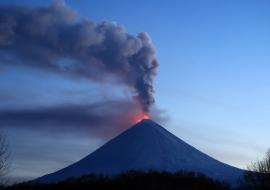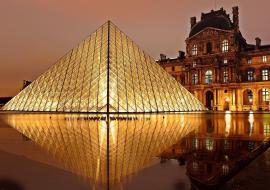Passages of a Submerged Battle
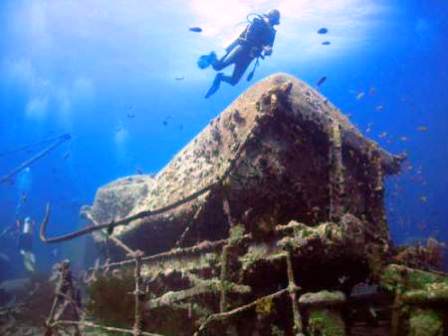
One of the most remarkable cultural and underwater heritages lies in the lethargy of over a century. Battleships Christopher Columbus, Admiral Oquendo and Biscay, and destroyers Furor and Pluton narrate, right in the southeastern coast of Cuba, the memories of the event that changed the world geopolitical scenario in the 19th century. How did those shipwrecks go around the geography of the eastern village?
Click on Santiago de Cuba: A City of 500 Years
Due to the defeated suffered by the Spanish army during the first days of the Hispanic-Cuban-American War, Admiral Cervera had to leave the bay to avoid the fleet been captured without giving a fight. On July 3, 1898, the clash between Cervera’s battleships and Sampson’s fleet took place at the doors of Santiago de Cuba.
It was a practically uneven combat because of the geographical matter: the entrance of Santiago’s bay is only 300 meters in width, so there was no space for two Spanish ships to go out at the same time. Moreover, a group of US battleships was positioned in a sort of semicircle around the mouth of the bay and Spanish ships were coming out one at a time.
The first one, Infanta Maria Teresa with Cervera leading it, was surrounded and shelled, so there was no other choice but to take it to the coast. Cervera’s ship was followed by torpedo boats, the rest of the battleships and finally the Columbus.
Christopher Columbus, the best ship of the Spanish navy at the time, sailed away through the US siege. It almost made it, but several US battleships hunted it down and, near El Turquino, the vessel was driven to the coast because there was no way out.
It was the last one. The rest, Biscay and Furor, were sunk and those battleships that made up Cervera’s fleet are presently valuable pieces of Santiago de Cuba’s underwater heritage.
These ships are priceless. City curator Omar Lopez points out that “having a whole fleet gives us the opportunity to assess the way those events took place, the characteristics of the vessels at the time. Two of them, Oquendo and Biscay, show their turrets above the sea level.
On the other hand, Columbus lies at the bottom of the coastline in front of Turquino and many people dive into history so as to touch those steel giants, which have merged with the geography of the sea.”
The Baptize of a Media War
This war had an added value. Minute after minute over 80 correspondents based at Siboney were reporting the developments at the bay. Pictures, headlines on the most important US newspapers, images and press barons had an impact on the situation by means of their media war.
That’s the reason why it represented a milestone in terms of war information and journalism. Since the very minute the war was declared to Spain by the United States, even before, the sensationalist press was working to the matter, trying to spread a critical opinion on the situation on the island, in order to raise public awareness within the US people and guarantee the support of the army to the independence of Cuba.
This war was photographed by such figures as Randolph Heart and Pullitzer, whose influence was significant.
There is a famous cartoon in which they are using wood blocks to write WAR. That gives an idea of how the situation was tackled at the time.
Watching a picture of the balloon that allowed the US troops spot the Spanish position on San Juan hills, the first machine guns that were used with white gunpowder; every detail lets you understand the movements of the armies throughout the geography of Santiago de Cuba until the capitulation of the city.
That was a hard moment, since the US troops didn’t allow the presence of Cuban fighters in Santiago de Cuba. It was described as a degrading acts for Cubans and Calixto expressed it on a letter addresses to General Shafter.
Years later Fidel, surrounded by the fervor of the revolutionary triumph, recalled that moment during his first speech on January 1, 1959: “Now the mambises did enter Santiago.”








